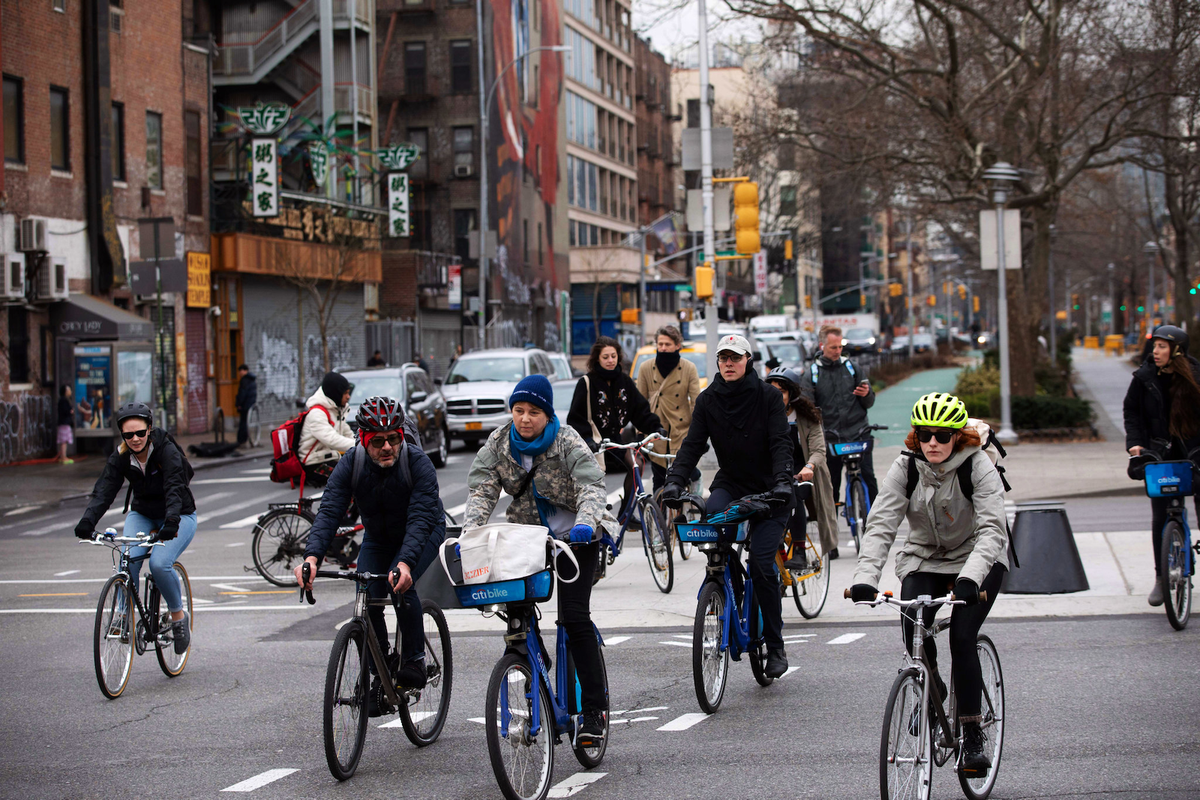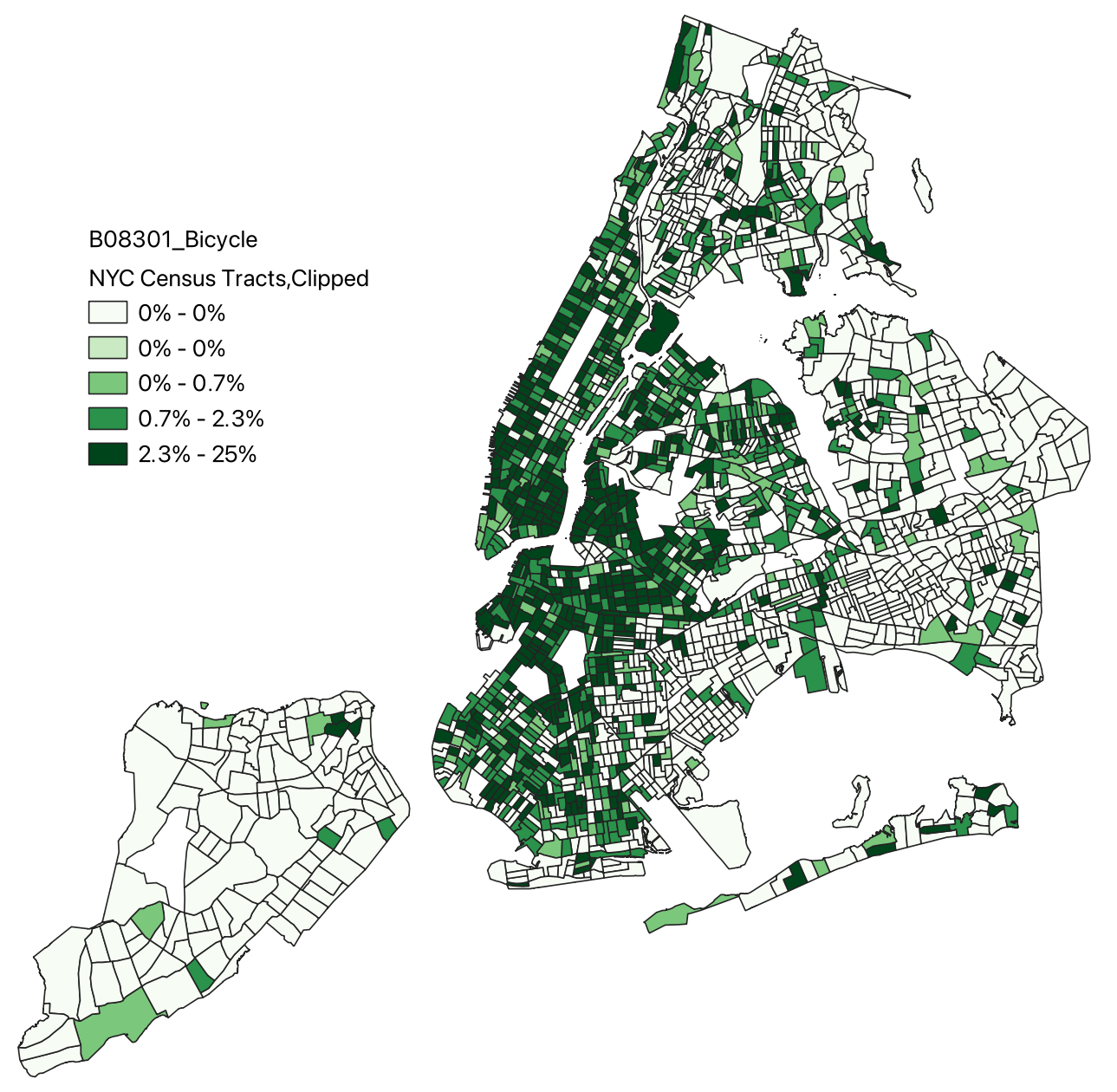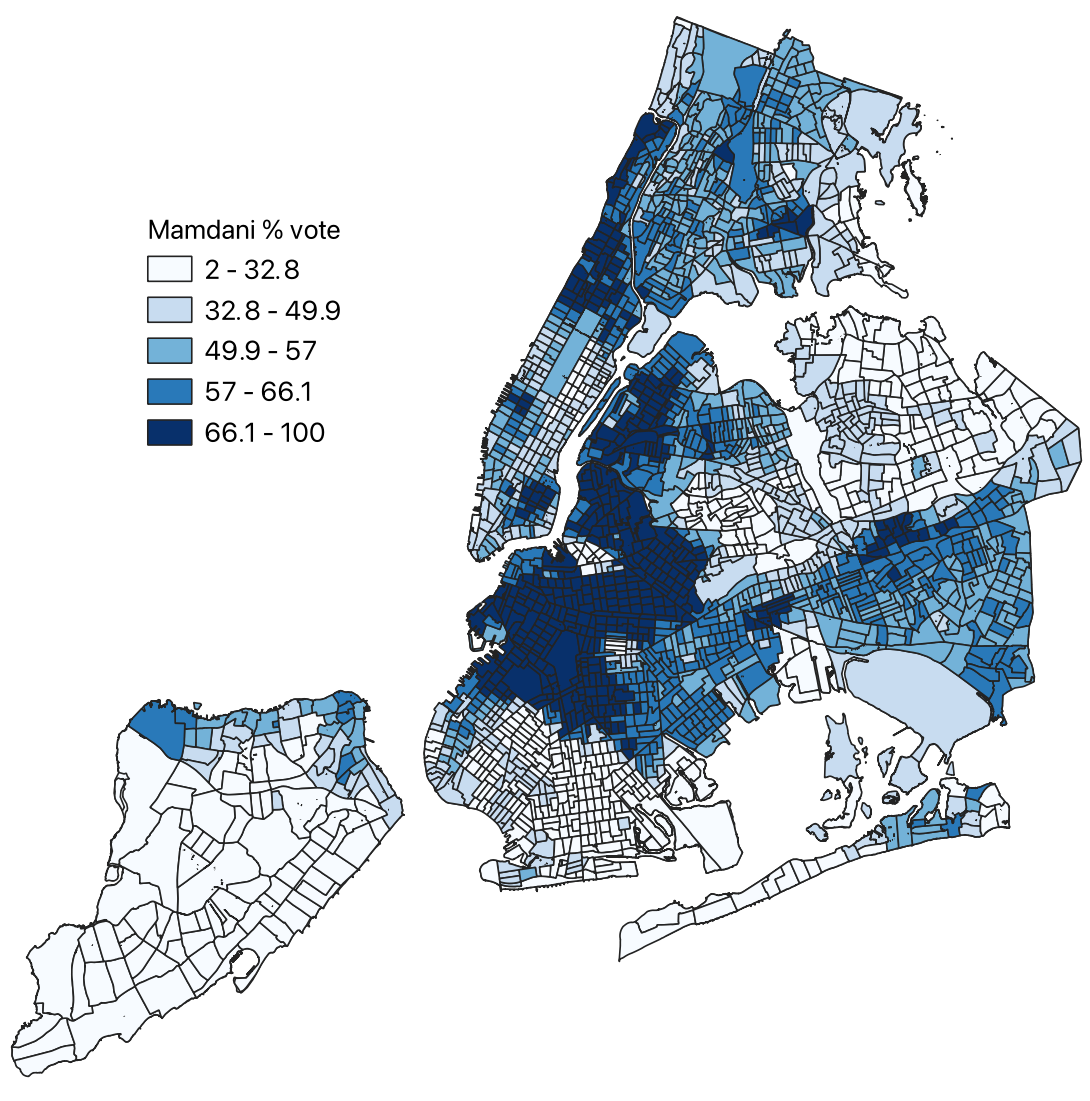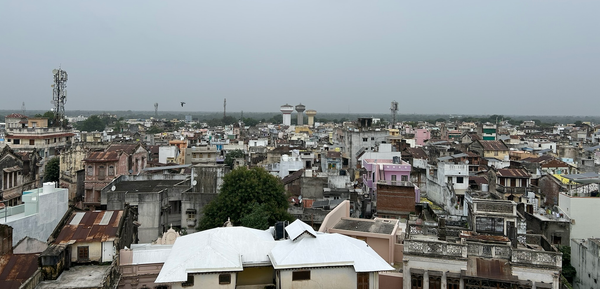The biking bloc: How cyclists helped elect Zohran Mamdani

For the mayor of New York City, coalitions are everything. In order to get elected, Zohran Mamdani had to build a platform broad enough to unite more than half the electorate. With affordability as his watchword, he pulled it off.
But the work doesn't stop when the polls close. Despite New York's reputation as a "strong mayor" system, power is diffuse: the mayor depends on the federal and state governments for much of the city's funding and governs alongside the city council and a thicket of independent boards and authorities.
To make good on his campaign promises and achieve his vision, Mamdani will need to assemble a governing coalition just as broad as his electoral one. This work is where he will focus much of his energy between now and entering office.
Who voted for Mamdani, and how has it changed since the June primary?
In June's Democratic primary, Mamdani's base was younger, more educated, and somewhat less affluent. He performed strongly among Latino and Asian-American voters and less so among Black voters.
In Tuesday's general election, Mamdani's broader coalition emerged. While he lost some support from white voters since the primary, he was the preferred candidate among Black, Latino and Asian-American voters—notable given Mamdani's opponents' targeted appeals to the Black community. His general-election voters were, on average, more educated, affluent, and younger than the citywide electorate.
Demographics tell part of the story—but not all of it. (Check out the NYC Election Atlas to see more.) Cities are built on daily habits, too. One of those habits, central to life in New York City, is how people get around.
The American Community Survey asks respondents how they get to work. Biking is one of the choices! (You can only pick one, which hides some of what's really going on, like when people take the bus and the subway.) While the survey captures only a slice of total cycling, it's clear enough to show some patterns. We can see that certain neighborhoods have a higher rate of bike commuting than others.

It makes sense that many bike commuters are either within Manhattan or near one of the East River bridges. However, plenty of bike commuters neither live nor work in Manhattan. If we look at Mamdani's support in this election, we can see that it has only a partial overlap with where bike commuters live.

Notably, Mamdani's support was weaker in Manhattan below 110th Street as well as in Southern Brooklyn despite the prevalence of bike usage.
To see if bike commuters leaned towards Mamdani, I ran a regression that predicts his vote share in each census tract based on a mix of social and geographic factors: racial and ethnic composition, income, age, homeownership, and proximity to Midtown by bike.
Even after controlling for all these variables, the result was clear: tracts with higher bike-commuting rates were significantly more likely to support Mamdani. In other words, bike commuters weren't just concentrated in Mamdani-friendly neighborhoods—they were part of his coalition.
Having won the support of the city's cyclists, the question now is whether Mamdani will prioritize investments that matter to them: safer bike lanes, better street design, and a transportation network that treats biking as a serious mode of travel.
Early signs point to yes: The New York Times reports that one of his advisors is Janette Sadik-Khan, the former transportation commissioner who helped usher in New York's modern bike lane network under Bloomberg.
But the challenge ahead is broader. An estimated 1.8 million New Yorkers ride bikes each year, and most are not daily commuters. Cycling infrastructure is still clustered in more affluent areas—a national phenomenon—and the benefits of safer, more livable streets must extend citywide.
As Mamdani builds a broad coalition—from committed cyclists to pedestrians, parents and transit riders—he has an opportunity to make New York not just more affordable, but more livable for everyone.
This post draws on a larger research project I'm conducting at the CUNY Graduate Center. Data sources include the American Community Survey and the NYC Board of Elections. Many thanks to John Mollenkopf for his guidance and support.



